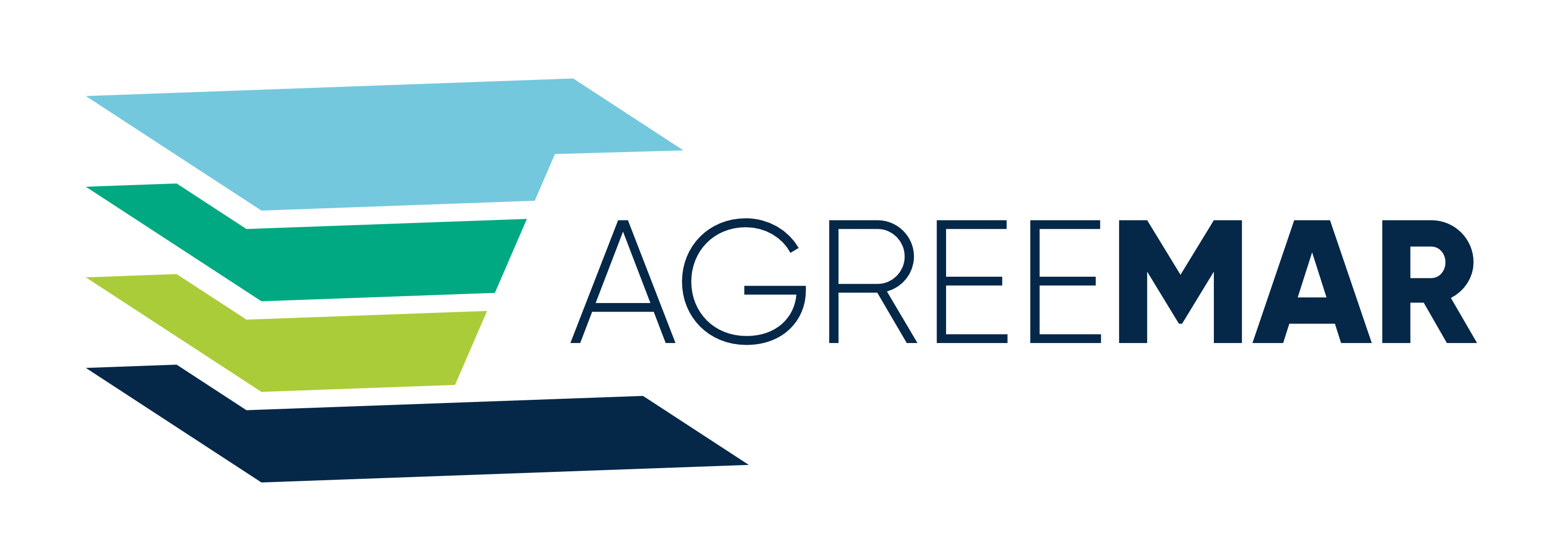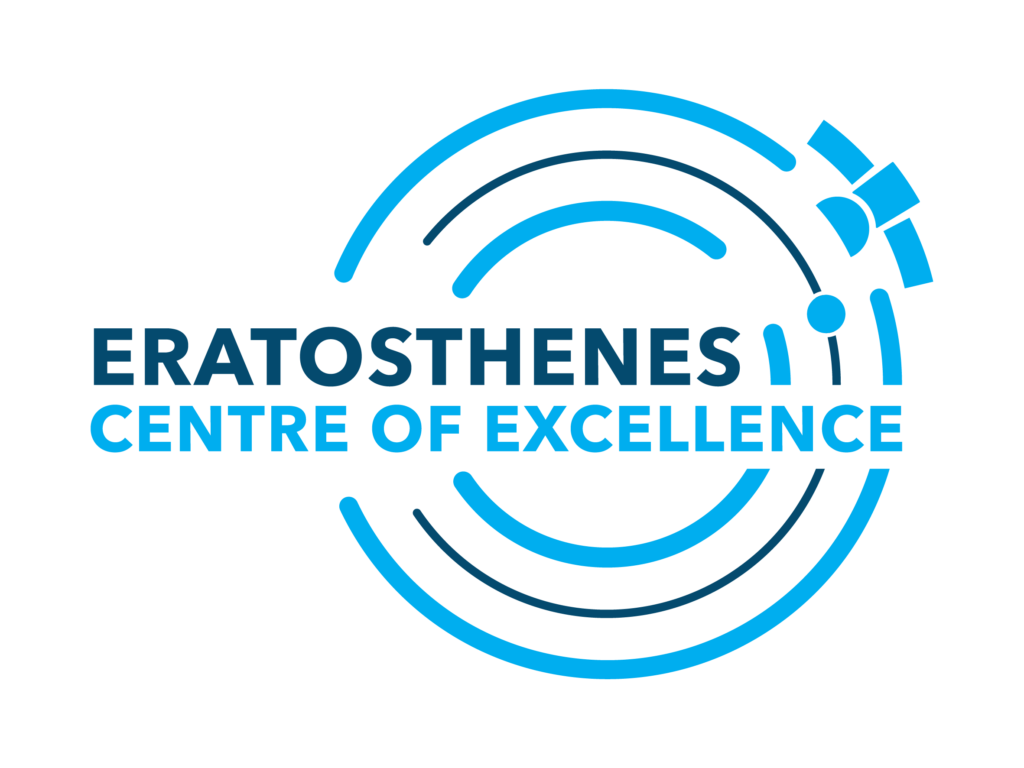
Short description
ERATOSTHENES Centre of Excellence of the Cyprus University of Technology (CUT) has been newly established through the ‘EXCELSIOR’, H2020 Widespread Teaming Phase 2 project. The centre has been created as a result of upgrading the existing Remote Sensing and Geo-Environment Lab, which has been operating within the Department of Civil Engineering and Geomatics of the Cyprus University of Technology since 2007. The vision of the ERATOSTHENES Centre of Excellence is to become a world-class Digital Innovation Hub for Earth Observation, space technology and Geospatial Information and to be the reference Centre in the Eastern Mediterranean, Middle East, and North Africa. It adopts for its operation a two-axis model: three thematic clusters vs four functional areas. Accordingly, there are four distinct functional areas, namely Infrastructure, Research, Education and Entrepreneurship, a scheme to ensure that value adding chains are developed in ECoE. The three thematic clusters/departments are described as follow:
- Environment & Climate: 1. Atmosphere, 2. Agriculture; 3. Water; 4. Land
- Resilient Society: 1. Disaster Risk Reduction; 2. Cultural Heritage; 3. Marine Safety and Security; 4. Energy
- Big Earth Data Analytics: 1. Information extraction; 2. Visual exploitation & visualization; 3. Crowd sourcing & data fusion; 4. Geo-Informatics
The existing personnel/researchers of the ERATOSTHENES CoE of the Cyprus University of Technology have extensive experience in the field of remote sensing, monitoring of natural resources and training/workshops related to the use of satellite data such as Sentinels data for monitoring the environment.
AGREEMAR team
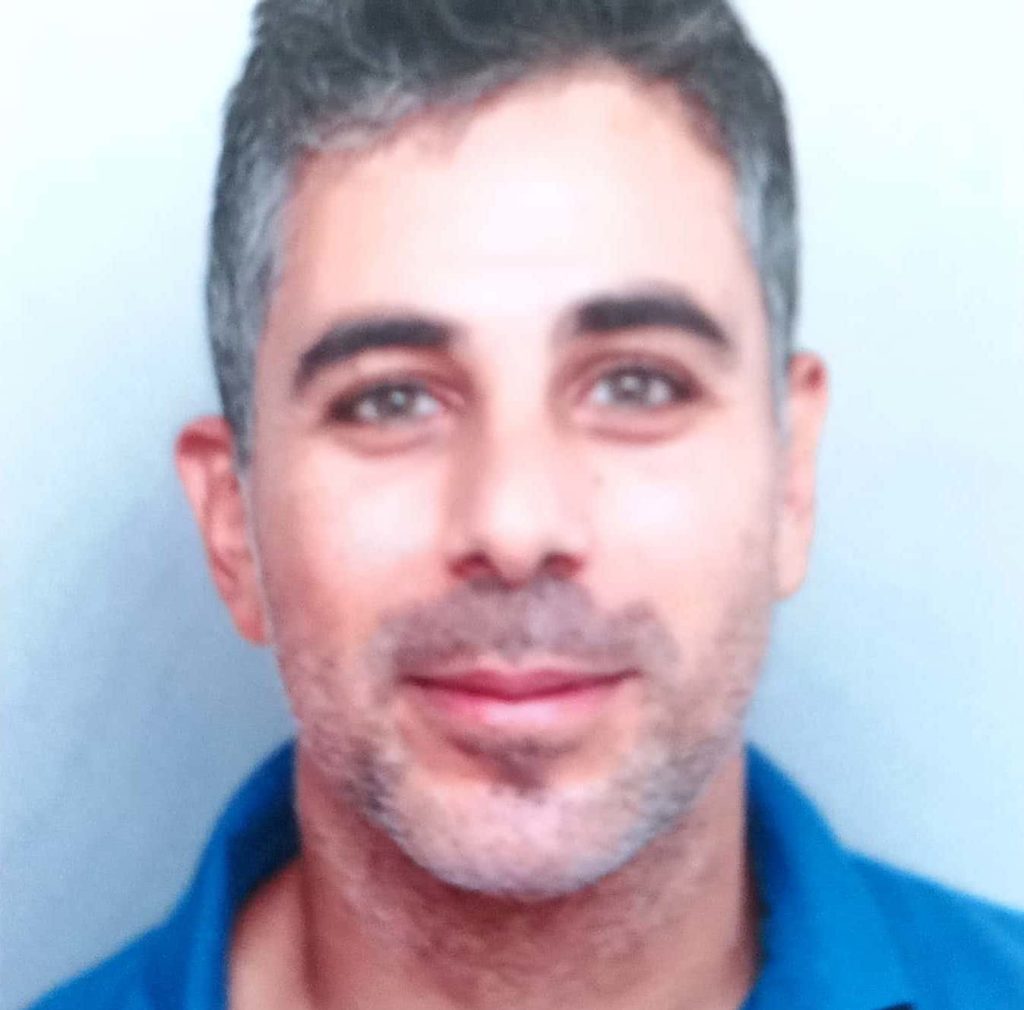
Konstantinos Panagiotou
Principal Investigator
Dr Konstantinos Panagiotou has extensive experience in mathematical development and numerical modelling of flow and heat transport. He has a deep understanding of the physical processes that drive the flow dynamics. He has also experience on conducting stochastic computations for modeling spatio-temporal of key hydrogeological parameters, use of advanced geostatistical tools to estimate the spatial uncertainty, and quantifying the risks associated with contaminants that are present in groundwater systems. He has participated in several funded projects, both at national and international level, and has close and continuous collaboration with key stakeholders within the water sector.
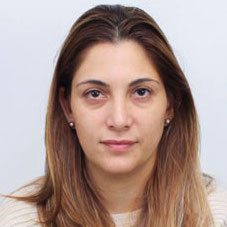
Christiana Papoutsa
Project Member
Dr Christiana Papoutsa is a Research Fellow at the ERATOSTHENES Centre of Excellence (ECoE). She received her PhD entitled “Integrated use of Field Spectroscopy and Satellite Remote Sensing for Monitoring Water Quality in Case-2 (Inland and Coastal) water bodies” from the Cyprus University of Technology. Since 2009, she has participated in more than 15 research projects at National and European level received funding by several sources such as: FP6/EC; RPF (Cyprus); ESA PECS; Programme Med; FP7; H2020‐MSCA‐RISE; H2020: Twinning / Coordination and Support Action & Widespread‐04‐2017: Teaming Phase 1. During the last 5 years she has been involved in several projects falling within the agricultural sector and the water resources management for irrigation (SWSOIP Project); the influence of climate change on crops (Cascade Project); the adaptation of Sen4CAP at a national level (CROSS Project); etc.
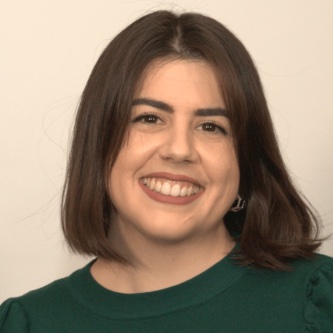
Eleni Loulli
Project Member
Ms Eleni Loulli is currently a PhD candidate in the Department of Civil Engineering and Geoinformatics Engineering of the Cyprus University of Technology (CUT) and a member of the ERATOSTHENES Centre of Excellence. She graduated from the Technical University of Munich (TUM) with a BSc and a MSc in Environmental Engineering. Her MSc Degree was focused on Hydrology, and Water Resources Modelling and Management. Since March 2018, Eleni has been actively involved in various research projects at CUT. Specifically, she participated in the project H2020-MSCA-RISE SEO-DWARF (Semantic EO Data Web Alert and Retrieval Framework) in which she was seconded for four months to CloudSigma AG in Sofia (Bulgaria) and 1.5 months to PLANETEK Hellas in Athens, Greece), in the THAL-HOR 2 INTERREG Project and in the SOFIA and CROSS ESA PECS Projects. Currently, Eleni participates in the SIROCCO-RESTART Project, in the EXCELSIOR H2020 Project and in the FP-CUP research project. She also participates in various activities that aim at promoting Earth observation from space and the Copernicus program, such as presentations in secondary schools and science cafes. Eleni is a member of the Women in Copernicus initiative, aiming to give a voice and a face to the women who work with Copernicus.
Relevant publications (selection)
- Themistocleous, K., Papoutsa, C., Michaelides, S. and Hadjimitsis, D. (2020) ‘Investigating Detection of Floating Plastic Litter from Space Using Sentinel-2 Imagery’, Remote Sensing, 12(16), p. 2648. https://doi.org/10.3390/rs12162648
- Papoutsa, C., Theocharidis, C., Prodromou, M., Papadavid, G., Sykas, D., Michailides, S., et al. (2020) ‘Smart Water Management for Irrigation Purposes: The SWSOIP project’, in Vlontzos, G. and Koutsou, S. (eds) 9th International Conference on Information and Communication Technologies in Agriculture, Food & Environment (HAICTA). Thessaloniki, Greece, pp. 215–226. Available at: http://ceur-ws.org/Vol-2761/.
- Papoutsa, C., Retalis, A., Toulios, L., and Hadjimitsis, D. G., “Defining the Landsat TM/ETM+ and CHRIS/PROBA spectral regions in which turbidity can be retrieved in inland waterbodies using field spectroscopy”, International Journal of Remote Sensing, Vol. 35(5), pp. 1674-1692 (2014); https://doi.org/10.1080/01431161.2014.882029.
- Papoutsa, C., Akylas, E., and Hadjimitsis, D. G., “The Spectral Signature Analysis of Inland and Coastal Water Bodies Acquired from Field Spectro-radiometric Measurements”, Central European Journal of Geosciences, Vol. 6(1), pp.67-78 (2014); https://doi.org/10.2478/s13533-012-0161- 4.
- Papoutsa, C., and Hadjimitsis, D. G., “Field Spectroscopy over Asprokremmos Dam in Cyprus Intended for Water Quality Monitoring”, Journal Key Engineering Materials, Vol.500, pp. 813- 819 (2012); https://doi.org/10.4028/www.scientific.net/KEM.500.813.
